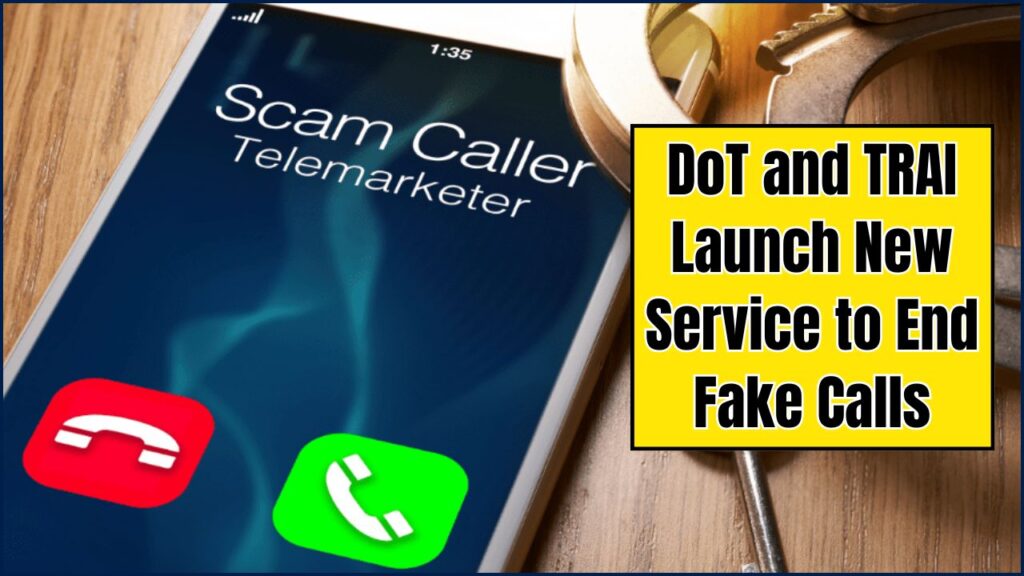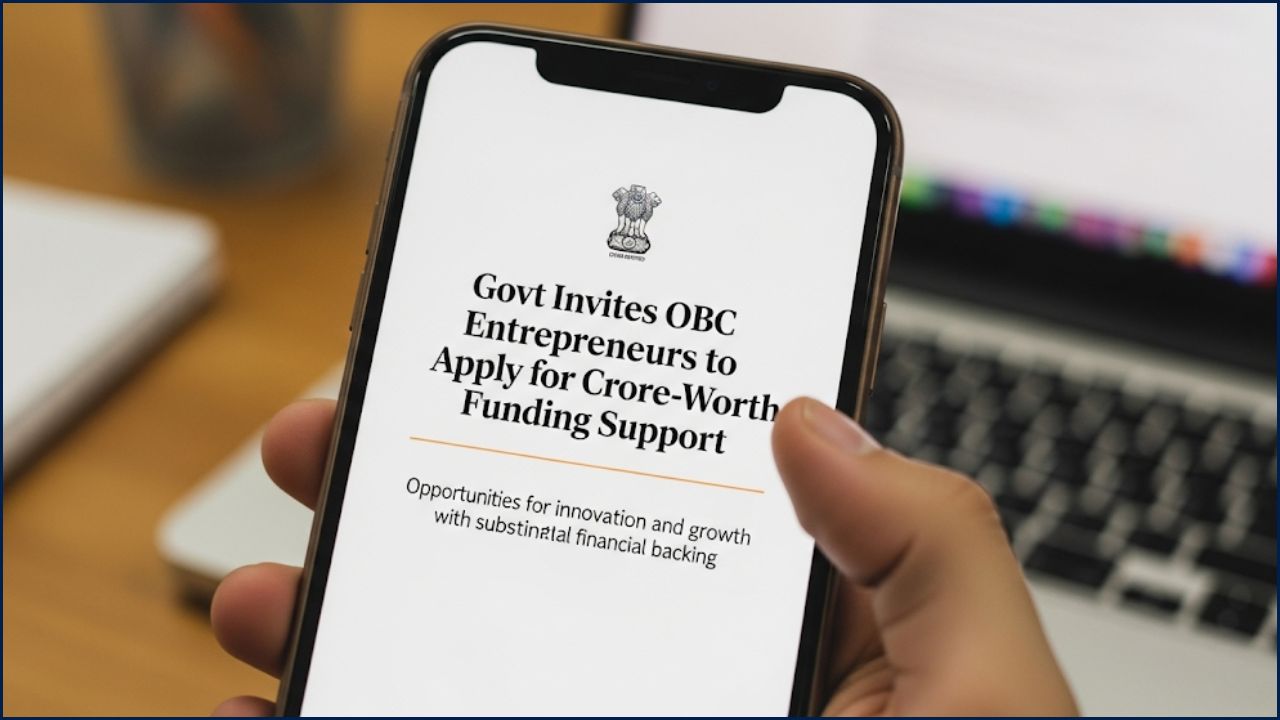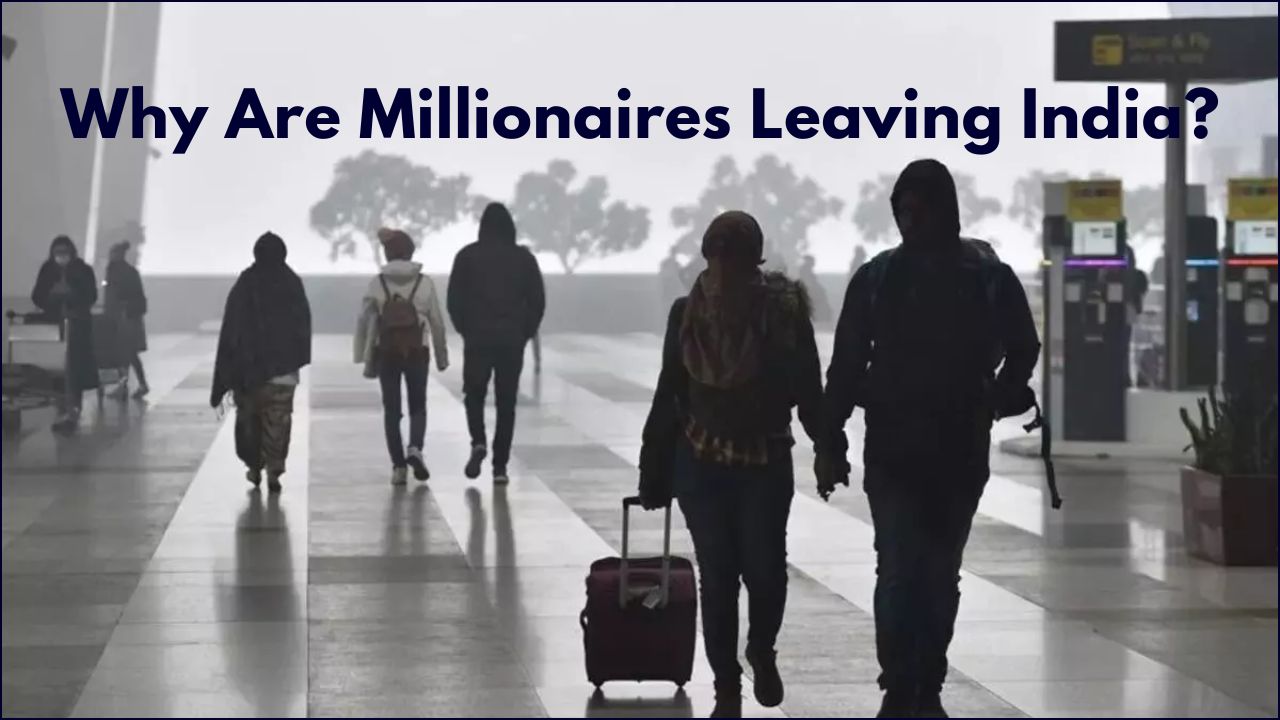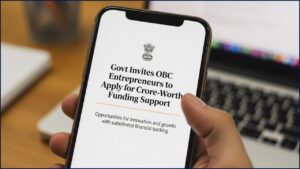
The Department of Telecommunications (DoT) and the Telecom Regulatory Authority of India (TRAI) have jointly launched a robust anti-fraud initiative, to tackle the growing menace of spoofed and fake calls in India. This move combines new technology, citizen engagement tools, and regulatory frameworks to restore trust in the nation’s telecom ecosystem.
Why India Needs the New Service to End Fake Calls Now
India’s telecom network—one of the world’s largest—has become a target for increasingly sophisticated scams. Criminals often spoof legitimate numbers, impersonate officials, and manipulate caller ID information to defraud citizens.
According to the Ministry of Home Affairs, India saw over 50,000 telecom-related cybercrime complaints in 2024 alone. One alarming example occurred in April 2025, when a couple in Kolkata lost ₹1.55 crore in a prolonged “digital arrest” scam, where fraudsters impersonated TRAI and CBI officials over a video call, as reported by The Times of India.
The New Service to End Fake Calls system was designed to address this rapidly escalating threat through technical, regulatory, and citizen-led interventions.
How the New Service to End Fake Calls System Works
Spoof Call Prevention Technology
The cornerstone of the initiative is the International Incoming Spoofed Calls Prevention System, launched by the DoT in October 2024. This system uses telecom network analytics to detect and block international calls that masquerade as domestic Indian numbers.
Within days of its launch, the system reduced daily spoofed calls from 1.35 crore to just 4 lakh, according to a DoT.
Additionally, all genuine international calls are now prefixed with a clear “International Call” label, allowing users to easily identify potentially suspicious communications.
Citizen Reporting via Sanchar Saathi
The Sanchar Saathi portal and mobile app empower users to report suspicious calls, numbers, and devices. Citizens can log in using their mobile number and report fraudulent communications in a few steps.
According to Dr. Neeraj Mittal, Secretary of the Department of Telecommunications, the initiative led to the disconnection of over 2 crore fraudulent mobile connections and the blocking of more than 2.27 lakh handsets associated with cybercrimes.
Additional Defences — Consent and Number Verification
Digital Consent Acquisition System
TRAI is piloting a Digital Consent Acquisition Framework, which enables users to grant or revoke permission for receiving promotional or service calls through a secure digital platform.
This pilot includes collaboration with major financial institutions such as State Bank of India (SBI), ICICI Bank, and HDFC Bank, along with major telecom service providers like Jio, Airtel, and BSNL.
The goal, according to TRAI, is to make unsolicited commercial communication “consent-based, transparent, and traceable,” as outlined in its official briefing.
1600-Series Numbering System
To help users distinguish between legitimate and fake calls, the DoT has introduced a dedicated 1600-series number allocation for verified transactional and service calls—especially from banks, insurance providers, and government agencies.
According to TRAI, these numbers cannot be used for promotional or marketing purposes, adding an additional layer of trust and compliance to voice communications.
Tools for the Public: DND App and Education Campaigns
TRAI’s Do Not Disturb (DND) App
The Do Not Disturb (DND) app, developed by TRAI, allows users to block or report unsolicited calls and SMS messages. It supports Android and iOS devices and is integrated with India’s Telecom Commercial Communications Customer Preference Regulations (TCCCPR) framework.
According to a verification note from the Press Information Bureau (PIB), the app has seen a significant rise in downloads since the introduction of this system, reflecting growing public engagement.
Awareness and Public Messaging
TRAI has also intensified its outreach through SMS campaigns, digital media posts, and press briefings warning users against impersonation calls.
In April 2025, the regulator explicitly clarified that TRAI does not make calls to consumers about disconnection or penalties, urging citizens to verify such communications and report them via Sanchar Saathi.
Results, Limitations, and Future Considerations
Measurable Impact
The integrated system has already shown measurable success:
- Over 90% of spoofed international calls have been blocked.
- 2 crore fraudulent connections disconnected.
- Thousands of fraud reports logged weekly via Sanchar Saathi.
- Spoofing attempts significantly reduced, as per DoT analytics.
Continuing Challenges
Despite progress, fraudsters are adapting. New threats include deepfake audio, AI-generated calls, and encrypted communications. Telecom providers argue that stronger regulation of telemarketers and bulk message aggregators is needed to close remaining loopholes.
TRAI has also faced pushback from some industry players who claim the current framework disproportionately penalises telecom operators instead of the originating advertisers or businesses.
Conclusion
The New Service to End Fake Calls initiative by DoT and TRAI marks a pivotal step in protecting Indian consumers from the growing menace of spoofed and fraudulent telecom calls. By integrating advanced call filtering, user-reported data, verified numbering, and consent-driven communications, the framework offers a multi-pronged approach to an urgent public concern. As the system evolves, sustained collaboration between regulators, telecom operators, and financial institutions will be critical to maintaining its effectiveness.
















